Night cycling is a great option for many cyclists who don't have time to ride during the day, and it possesses a unique charm: quiet streets, cool air, and the vibrant atmosphere of neon lights all make riding more enjoyable. However, night cycling also carries significant risks: limited light, restricted visibility, and uncertain road conditions. Many novice cyclists are anxious about riding at night, and ensuring safety is a critical issue. This article will comprehensively analyze night cycling safety from four perspectives: equipment selection, cycling clothing, riding techniques, and safety awareness. This will help you enjoy the freedom and speed of riding while ensuring peace of mind on every night ride.

Risks and Challenges of Night Cycling
Compared to daytime riding, the risks of night cycling primarily arise from the following aspects:
Insufficient Visibility
When light levels are low at night and the environment begins to darken, cyclists without high-intensity headlights, taillights, or reflective gear can easily blend in with their surroundings, making them less visible to drivers and pedestrians. This is a major cause of traffic accidents.
Environmental Uncertainty
In darkness, it is more difficult to see potholes, gravel, puddles, or other obstacles on the road, which increases the risk of falls and injuries, especially when riding downhill or around sharp turns.
Psychological and Physical State
At night, the body's circadian rhythm enters a resting phase, resulting in decreased reaction speed and concentration, making it more likely that riders will make mistakes due to fatigue or distraction.
Complex Traffic Environment
In some cities, traffic volume remains high at night, and drivers may be focused on other vehicles, overlooking the relatively small bicycles. In states or cities without dedicated bike lanes, cyclists share the road with cars, requiring them to pay even greater attention to their safety.
Therefore, proper equipment, correct techniques, and a strong sense of safety are key to ensuring safe night cycling.

Essential Night Riding Equipment
Bike Light
- Headlight: A high-brightness, adjustable headlight is the first line of defense for night riding. Recommended brightness levels range from 300–800 lumens, illuminating the road ahead while alerting oncoming vehicles.
- Taillight: A flashing taillight is more visible at night, effectively drawing attention to vehicles behind you.
- Helmet light: This light pivots with your head to illuminate blind spots, making it particularly suitable for nighttime mountain biking or trail riding.
After dark, a bicycle light is the most important piece of riding equipment for safe riding. Most areas require a white headlight and a red taillight or reflector. These regulations help ensure bicycles are visible in all directions. Choose the appropriate bicycle light based on your local regulations. Generally, for city riding, you should choose a headlight with at least 200 lumens. If you're riding on dark country roads or trails, opt for a light with 500 lumens or higher. A flashing taillight is most effective. Studies show that ultra-bright, flashing taillights can reduce accidents by up to 33%. Drivers can spot you faster and give you more room. Flashing red taillights stand out against the lights of vehicles behind you, alerting oncoming traffic to maintain a safe distance and effectively avoiding rear-end collisions. ROCBROS's bike lights offer strong, long-range light and long-lasting battery life, ensuring your safety at night.
Visibility Equipment
Reflective gear is your secret weapon for nighttime cycling. When headlights shine on you, you want to shine. Here are some top options:
- Reflective Cycling Jersey/Luminous Jacket: A reflective cycling jacket or vest covers your upper body and reflects light to drivers. They're suitable for all weather conditions and provide 360-degree visibility. For example, the ROCKBROS self-luminous cycling jersey uses solar energy to absorb light and glow in the dark, effectively enhancing nighttime visibility.
- Reflective strips/tapes: Attach them to your bike frame, helmet, or pedals to make your presence visible from all angles, especially at intersections or when passing quickly.
- Luminous accessories: These include wheel lights, reflective vests, or LED armbands to increase your visibility from all angles.
Cycling Clothing
What you wear is just as important as your lights and gear. High-visibility clothing, such as yellow or neon jackets, will make you stand out. But don't rely solely on fluorescent colors. They work well during the day, but not at night. Reflective strips or patches are more effective after sunset.
- Lightweight and breathable: Choose a lightweight cycling jacket suitable for spring, summer, and autumn. The fabric should be windproof, water-repellent, and wick away moisture quickly.
- High-visibility design: Cycling clothing with reflective strips or solar-powered materials ensures your silhouette is visible at night and improves cycling safety.
- Fit and Comfort: 3D cutting or elastic materials ensure the garment fits snugly and allows for unrestricted movement during cycling.
- Functional Pockets: Carry essentials like your phone, energy gels, and keys to avoid frequent stops.
Other Accessories
- Cycling Helmets: Protective protection is essential for nighttime riding; helmets with reflective coatings or lights are recommended.
- Cycling Gloves: Provide anti-slip, cushioning, and reflective properties.
- Top Tube Bags/Backpacks: Carry supplies and emergency items for a safer ride.
- Clear Bells: A high-decibel sound, such as the ROCKBROS aluminum alloy bicycle bell, alerts pedestrians and vehicles.
Night Cycling Techniques
Defensive Riding
You can ride safely at night by using defensive riding techniques. This means you make yourself easy to see and predict for drivers. Always use hand signals before you turn or stop. Wait at intersections until you know it’s safe to cross. Keep a steady line so drivers know where you’re going. Scan intersections and look for cars that might not see you. Stay in spots where drivers expect cyclists, like bike lanes or the right side of the road. Keep a safe distance from parked cars and curbs.
- Maintain a steady riding line.
- Signal your intentions.
- Scan intersections thoroughly.
- Position yourself where drivers expect cyclists.
- Keep safe distances from hazards.
Traffic safety studies show that defensive riding helps drivers spot you sooner. Using front white lights, rear red lights, and reflective clothing makes you stand out. These steps lower the risk of accidents, especially between 6 and 9 PM when most night crashes happen. If you ride in a group, you boost your visibility even more.
Tip: Defensive riding is a key part of Safe Cycling after sunset. It helps you avoid surprises and keeps you in control.
Speed Control
You should slow down when you ride at night. Darkness makes it harder to see hazards and react quickly. Riding slower gives you more time to spot potholes, debris, or sudden changes in the road. Smooth and cautious riding helps you stay balanced and in control. You don’t need to race—focus on getting home safely. If you’re on a busy street or a dark path, drop your speed even more. This way, you can handle surprises and avoid crashes.
Road Conditions
Night rides bring new challenges. You face poor visibility, glare from headlights, and hidden road hazards. Watch out for potholes, drainage grates, and debris. Rain, fog, or icy roads make things trickier. Distracted drivers are a bigger risk after sunset, especially during rush hour.
- Use bright front and rear lights.
- Wear reflective gear.
- Pick well-lit and smooth routes.
- Avoid unsafe or poorly lit areas.
- Stay alert and obey traffic laws.
Use helmet-mounted lights or safety apps for extra help.
Always keep your eyes on the road. Avoid using your phone or listening to music while riding. If sidewalks are allowed, use them to stay away from chaotic traffic. Remember, riding predictably and following the rules keeps you safer.
Group Riding
Riding with friends or in a group makes night cycling safer and more fun. You stand out more when you ride together. Drivers notice a group of cyclists faster than a single rider. You can help each other spot hazards and stay alert. If someone has a problem, the group can help fix it or call for help. You feel more confident when you know others are watching out for you.
- Groups increase visibility for everyone.
- You can share tips and remind each other about Safe Cycling habits.
- If you ride in a group, talk about your route and meeting points before you start.
Riding with others gives you support and makes your night ride less stressful. You can enjoy the journey and learn from each other.
Informing Others
Before you head out, let someone know your plans. Share your route and expected return time. If you run into trouble, someone will know where to find you. This step is simple but important for Safe Cycling after sunset.
- Text a friend or family member your route.
- Tell them when you expect to finish your ride.
- If you change your plans, send an update.
You can use location-sharing apps or group chats to keep everyone informed. This way, you stay connected and safe, even if you ride alone.
Legal Rules
You need to follow local laws to stay safe and avoid fines. Helmet rules and light requirements can change depending on where you live. In Washington State, you must wear a helmet that meets safety standards from groups like the American National Standards Institute or the U.S. Consumer Product Safety Commission. Some counties have extra rules, so check your local codes before you ride.
For night cycling, the law says you need a white front headlight and a rear reflector. Many experts recommend adding a red rear light or a flashing taillight for extra safety. These lights help drivers see you from far away. You should also use reflectors on your bike and wear bright, reflective clothing.

Night Cycling Safety Habits
Bike Check
Before you head out for a night ride, give your bike a quick check. You want everything working perfectly to stay safe. Start with your lights. Make sure your front and rear lights shine bright and work reliably. Check the reflectors on your wheels and frame. If you want extra visibility, add reflective rim tape or paint. Some riders use spoke lights or helmet-mounted lights for 360-degree visibility. If you ride at night often, consider a bike with permanent lighting and quick-adjust systems. This saves time and keeps you ready for every ride.
Tip: Always make sure your lighting and reflectors meet local safety standards. Exceeding the minimum can make a big difference for Safe Cycling after sunset.
Route Planning
Picking the right route can make your night ride much safer. Look for streets with good lighting and less traffic. Avoid areas that feel unsafe or have poor visibility. If you ride with friends, talk about what to do if you get separated at intersections or stops. Break into smaller groups on busy roads so cars can pass safely. Leave space between groups to signal drivers. Never stop at blind corners or hill crests. Pause only in places where you can be seen easily. In rural areas, don’t expect drivers to spot you right away. Stay alert for cars, animals, or people in dark clothing. Know your route before you leave and choose paths with fewer hazards.
Emergency Preparedness
Being ready for the unexpected is a big part of safe night riding. Carry a small repair kit with essentials like tire patches, a mini pump, and a multi-tool so you can handle common bike issues on the go. A flat tire or loose chain is much less stressful when you know you can fix it yourself. Keep your phone fully charged before heading out, and consider installing a GPS tracking app or sharing your ride route with friends or family. If something goes wrong, others will know where you are. Having a basic plan and the right gear ensures you won’t be stranded in the dark.
The allure of night cycling lies in its combination of tranquility and speed, but it also requires a heightened sense of safety. For American cyclists, whether navigating the city streets of New York or the coastal highways of California, a combination of equipment and habits is crucial to making night cycling a safe and memorable experience. Choosing the right night riding gear, wearing high-visibility cycling clothing, and mastering scientific night riding techniques will allow you to confidently navigate the darkness and experience the pure joy of cycling.

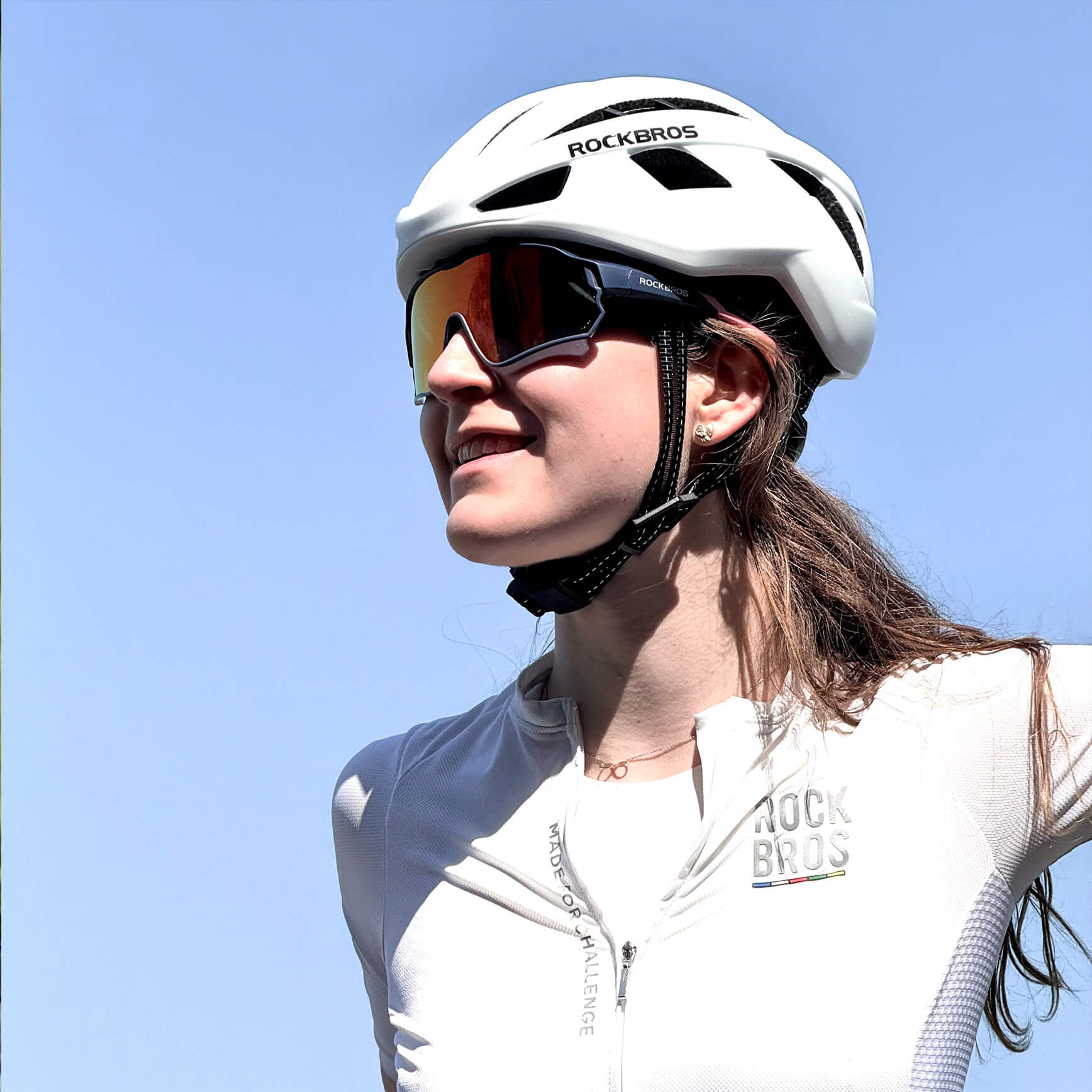
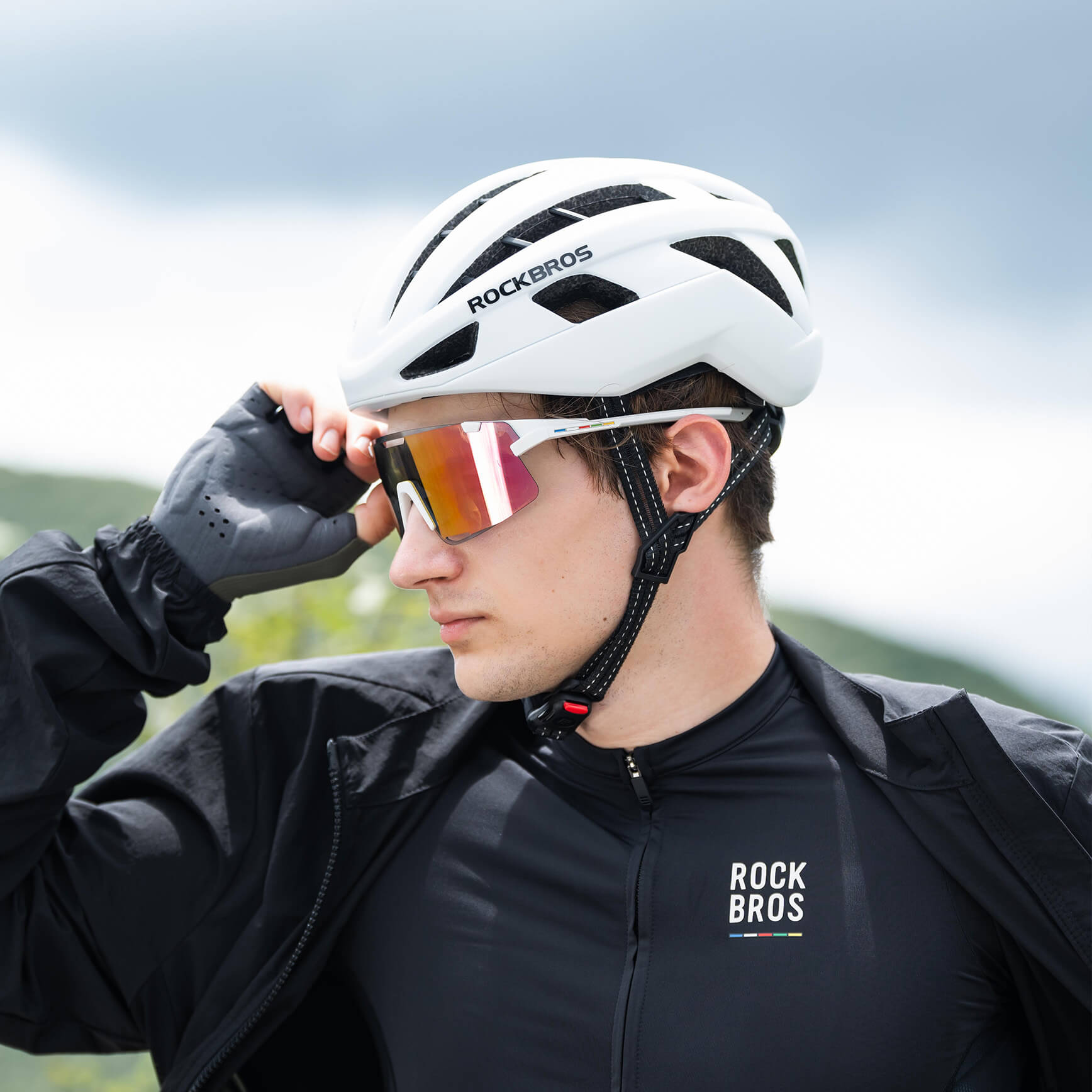
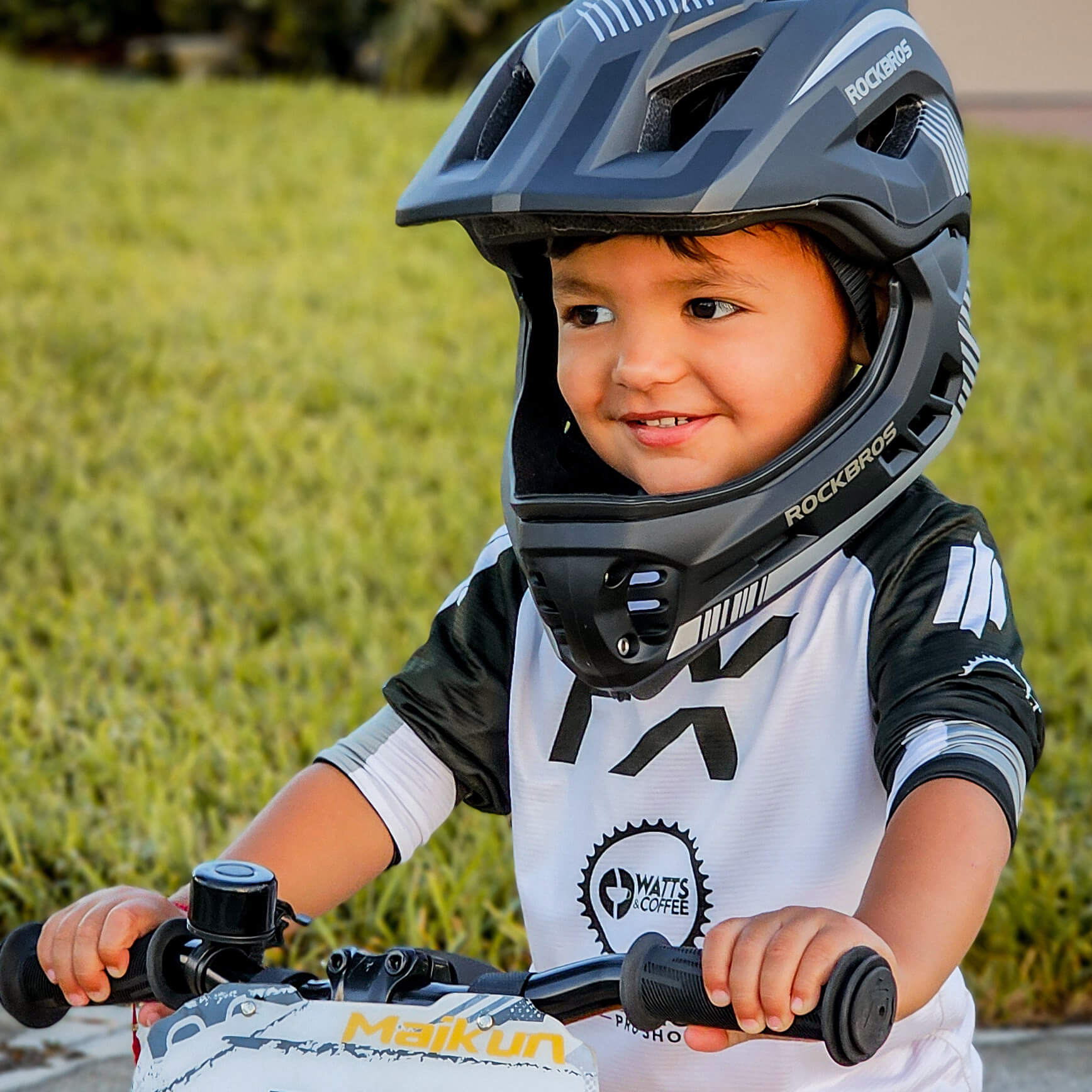
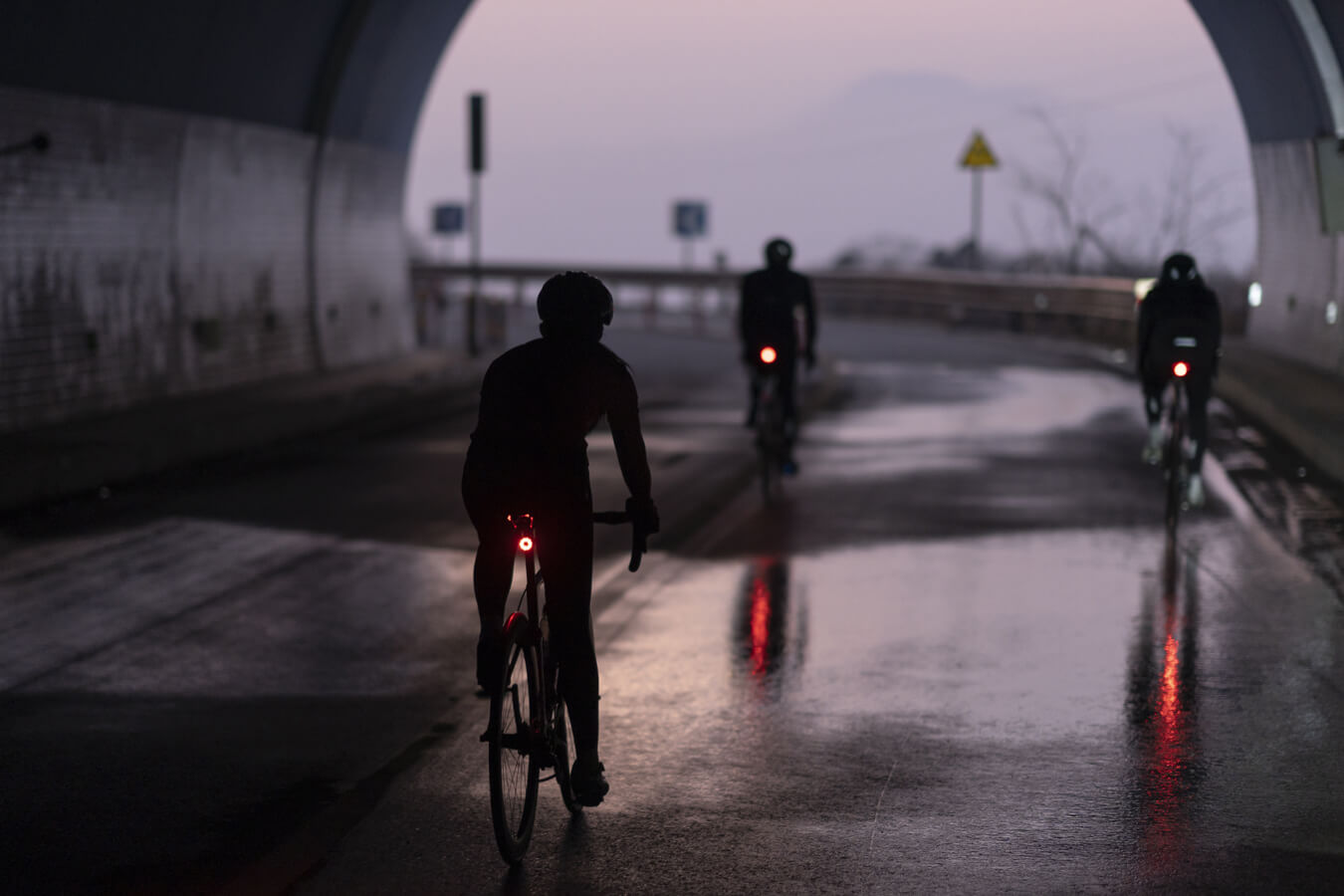
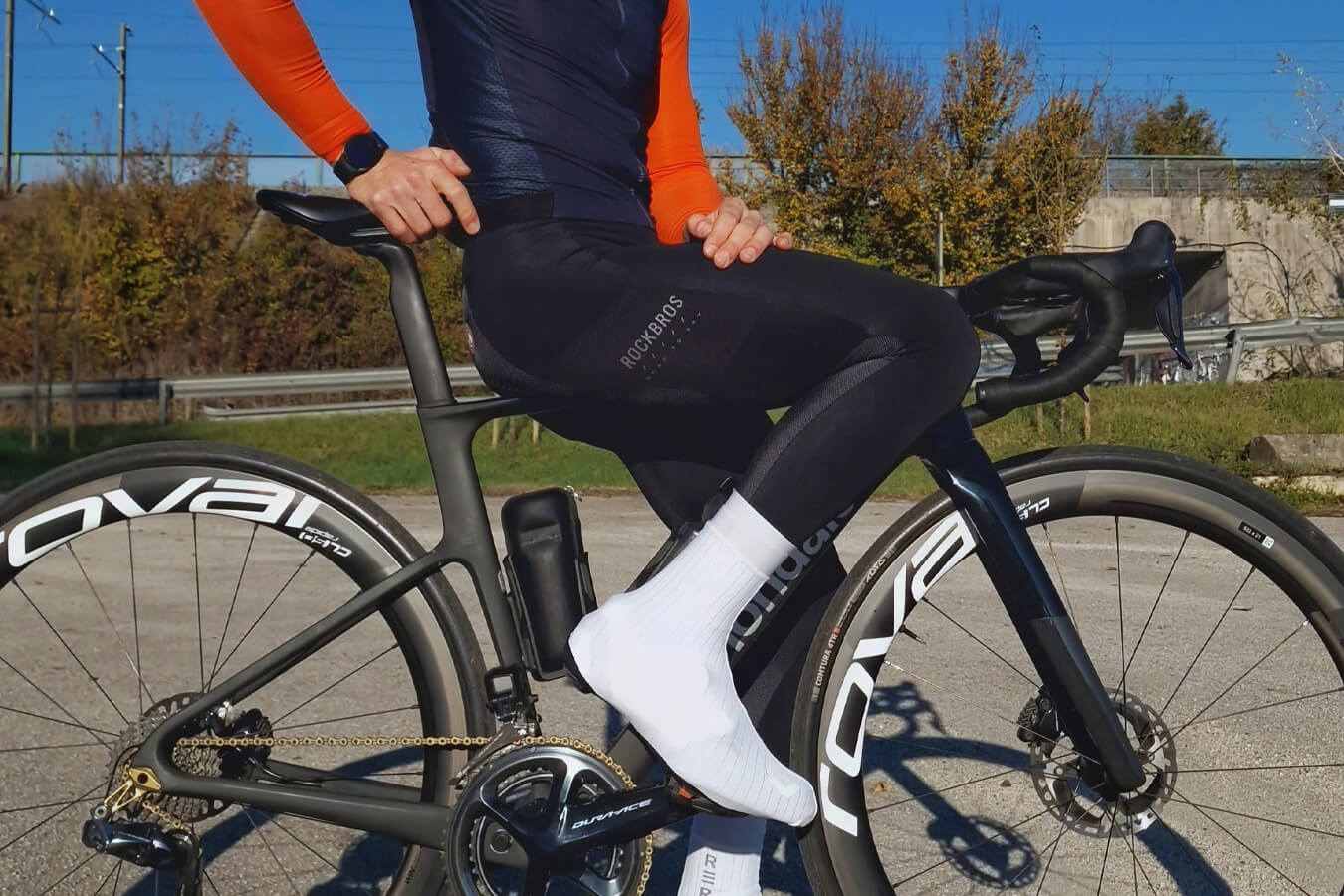

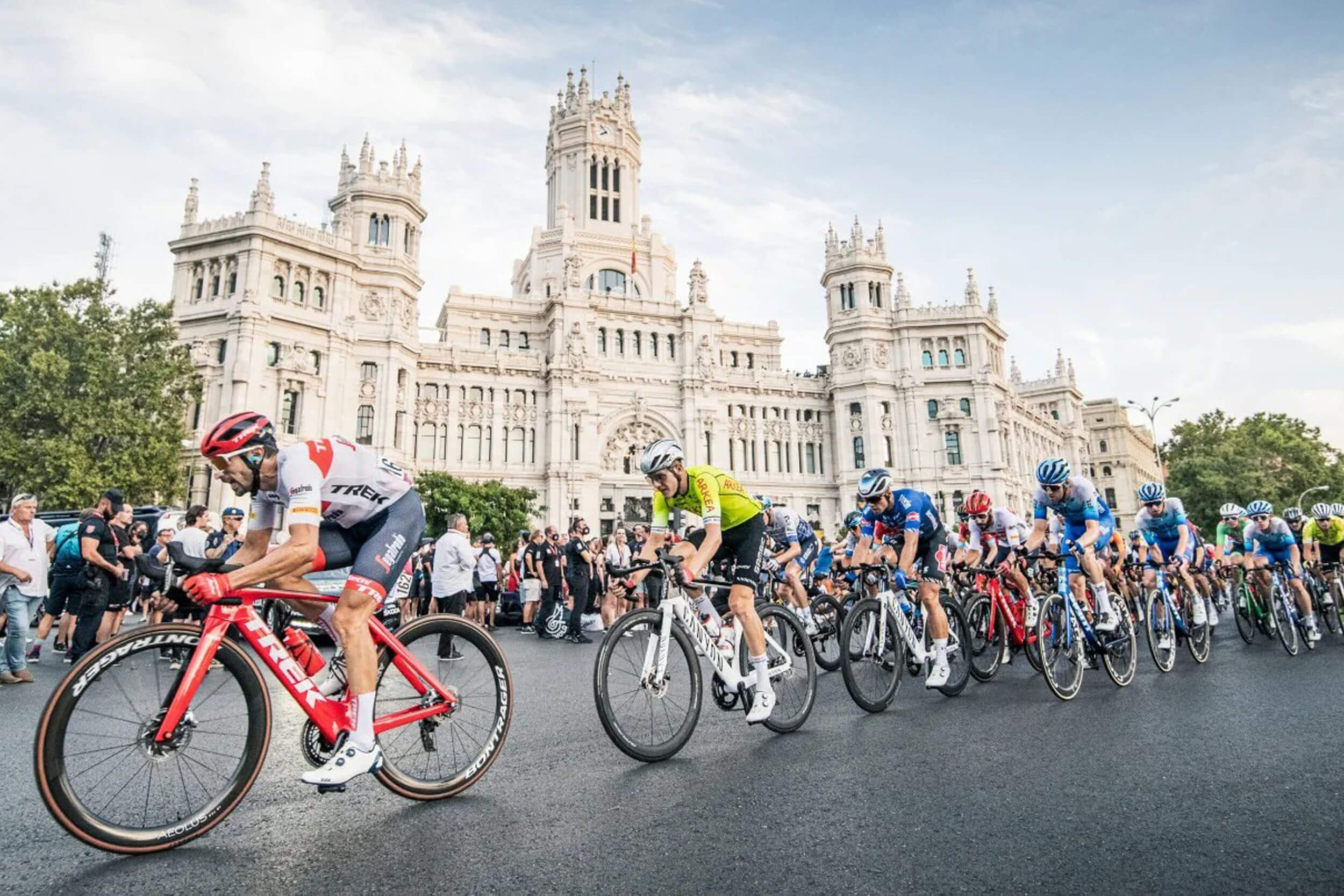
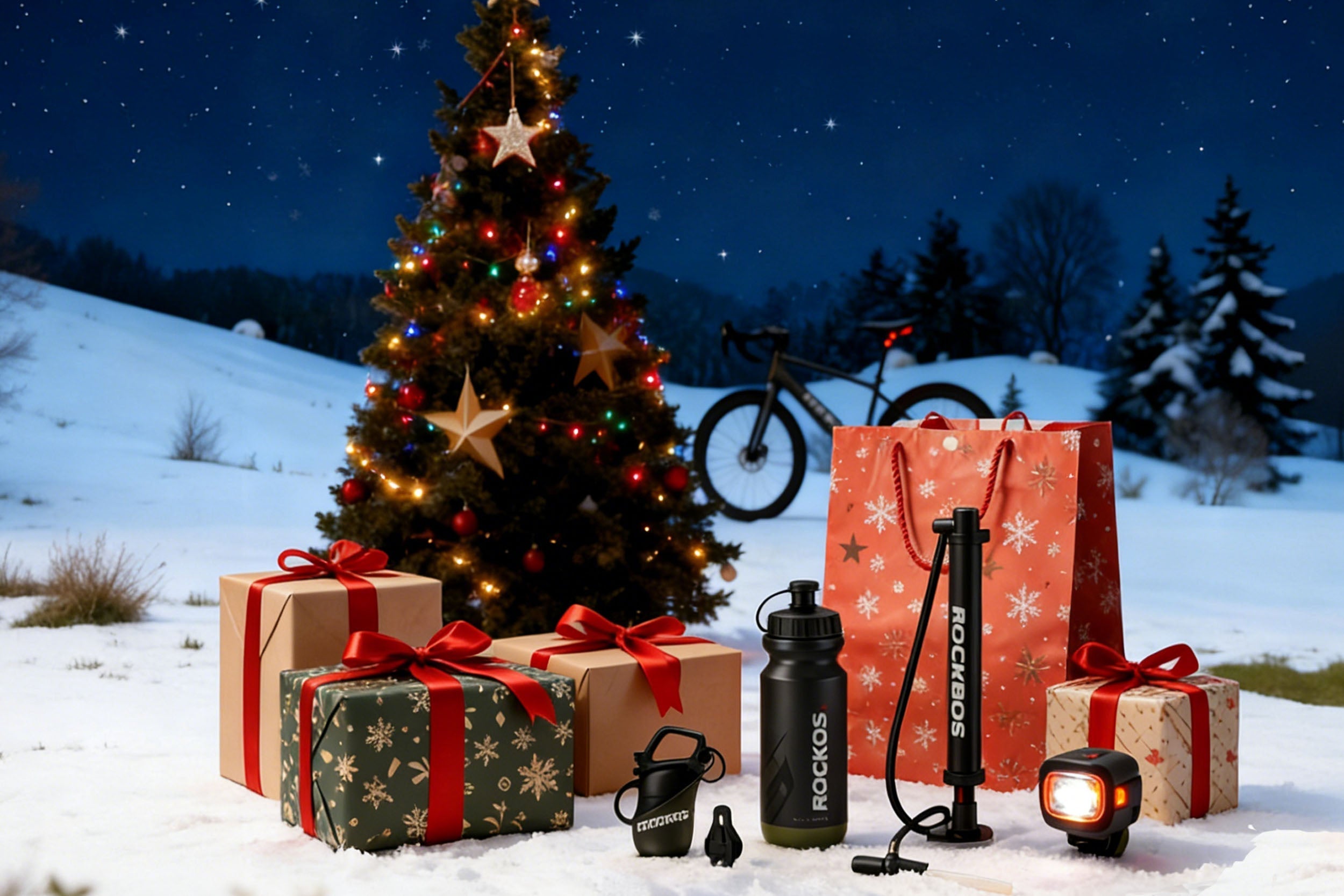
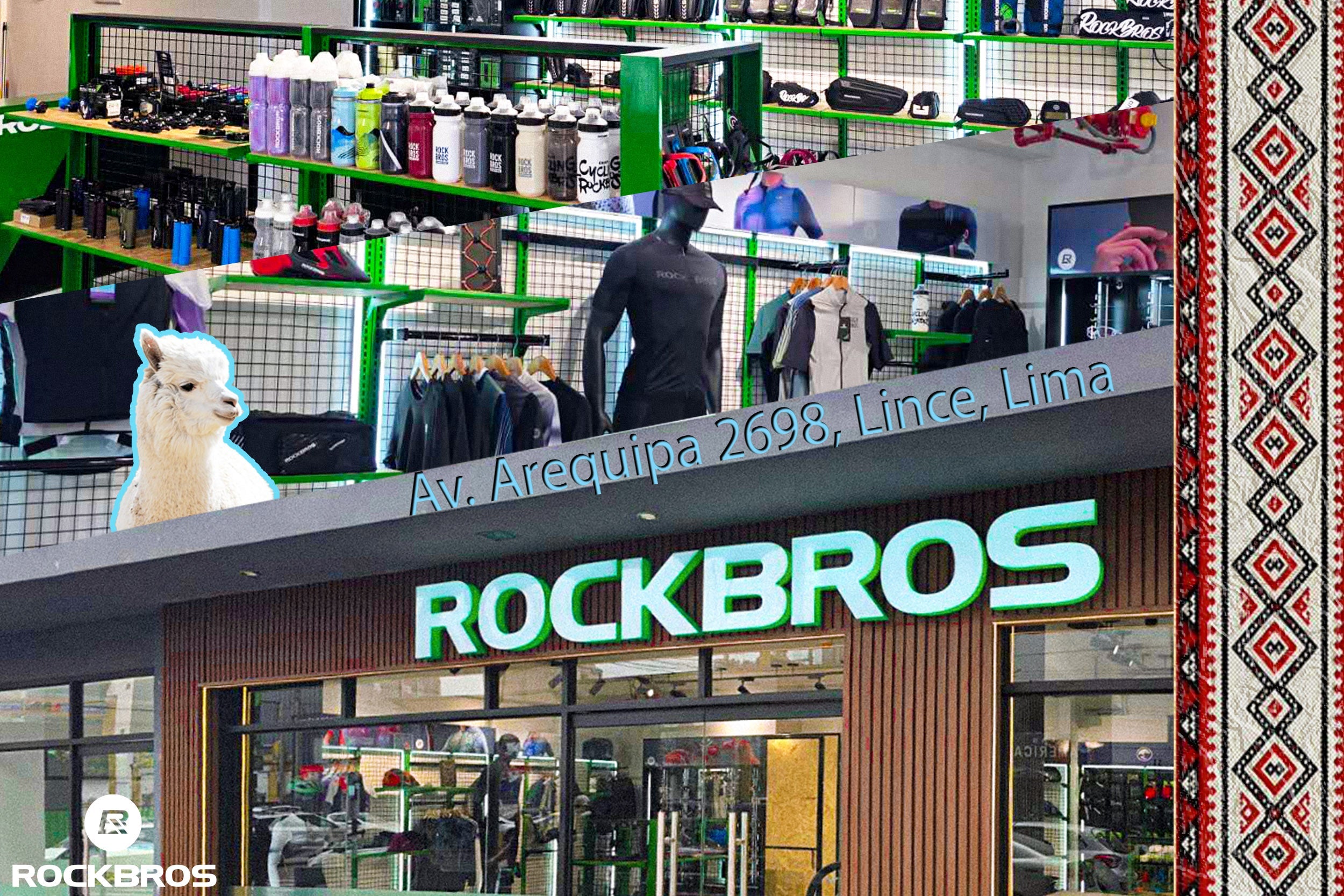
Leave a comment
This site is protected by hCaptcha and the hCaptcha Privacy Policy and Terms of Service apply.